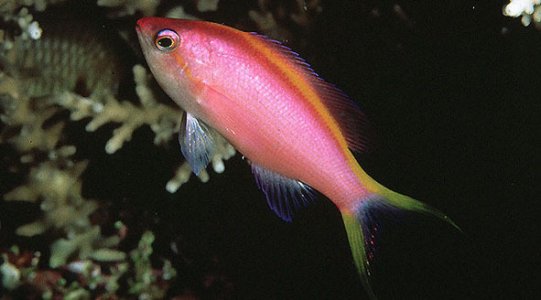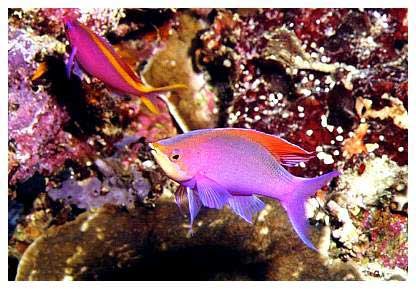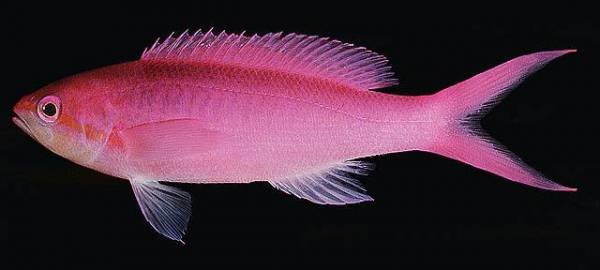Here is a link with some details on acclimation,quarantine and treatments:
http://www.reefcentral.com/forums/showthread.php?t=2185929&highlight=acclimation+and+quarantine
This is my post from it:
Fish, acclimation, qauarantine and preventative treatment
<hr style="color:#FFFFFF; background-color:#FFFFFF" size="1"> Questions come up from time to time on what to do with new fish to increasing the odds for survival and prevent pathogens from entering the tank. I've tried a number of approaches over the years . The following sumarizes the current method(s) employed:
All new fish are quarantined,no exceptions.
Acclimation:
The quarantine tank is temperature adjusted to match the bag water as closely as practical without opening the bag. If the bag is warm ,the tank water should follow it ; if the bag is cool then the tank water can be cool( the qt tank can then be heated or cooled gradually to match the temp of the dispaly tank. The unopened bag is floated for 15 minutes in the tank water to complete finer gradual temp adjustments.
The qt tank water should match the sg of the bag water or be lower than the bagwater. Usually, 1.018 or so is a good bet for shipped fish. Drops in sg will not harm fish. Rapid increases can cause osmotic shock The sg can then be adjusted upward at .001 per day over the course of the qt stay to match th display.
Next, open the bag ,remove the fish and put it in the qt tank. No drip needed or desired. Once the bag is opened CO2 blows off and raises the ph in the bag water . This transforms much of the ammonia that has built up in the bag from the low toxicity ammonium NH4 to the more toxic ammonia NH3. So getting the fish out of the bag once opened quickly is important to avoid ammonia toxicity , particularly for fish confined to the bag for long periods. Avoid letting too much bag waer get into the qt tank.
Preventative treatment and observation:
Ich is the most common plague. To treat it. Fish are placed in a small tank with new salt water. Tank water brings in organics and nutrients without the biofilter to handle them so newly mixed water aged and aerated overnight is used. The tank is simple with pvc for resting/hiding places , an hob and/or sponge filter and a heater. For burying species like leopard wrasses , a bowl of sand is added. The fish will remain for 3 days so ammonia build up is not a concern.generally. To be on the safe side a small dose of ammonia detoxifier is added on the 2nd day. It's fine to use the detoxifier since no meds are in play. In contrast, Detoxifier and bound copper meds are a deadly combination .
After 72 hours the fish is/are moved to new similarly equipped tank with the same temp and sg. Care is taken to avoid adding water which might harbor a parasite from the first tank The first tank is stripped of the equipment and drained down to a few inches to facilitate gentle capture for the tansfer. It is then fully drained and diried over night along with all the equipment. The drying kills any parasites or cysts . It is set up again for the next transfer. A total of 4 transfers with 3 days in each tank will ensure any ich that cme in with teh fish is left behind. This method is known as the tank transfer method and takes advantage of the timing ich( crytocaryon irritans) life cycle.
After tank transfer , the fish can be moved to a larger cylced qt tank for further observation and treatment of other maladies that may emerge like flukes or bacterial infections.
Tank transfer only treats ich. It may have some effect on velvet but that parsites life cylce is different. It will not help brooklynella, flukes or other infestastions that confine themselves to the skin or internal areas of the fish. So if these are observed a treatment with an appropriate med is required:
Amlyloodinium( velvet): copper or formalin.
brooklynella; ( fromalin)
Flukes and/or internal parsites; (prazi pro)
lymphocystus; good water quailty and nutrition;no known treatment.
bacterial linfections Triple sulfa or other broa d based antibiotics)
__________________
Tom



